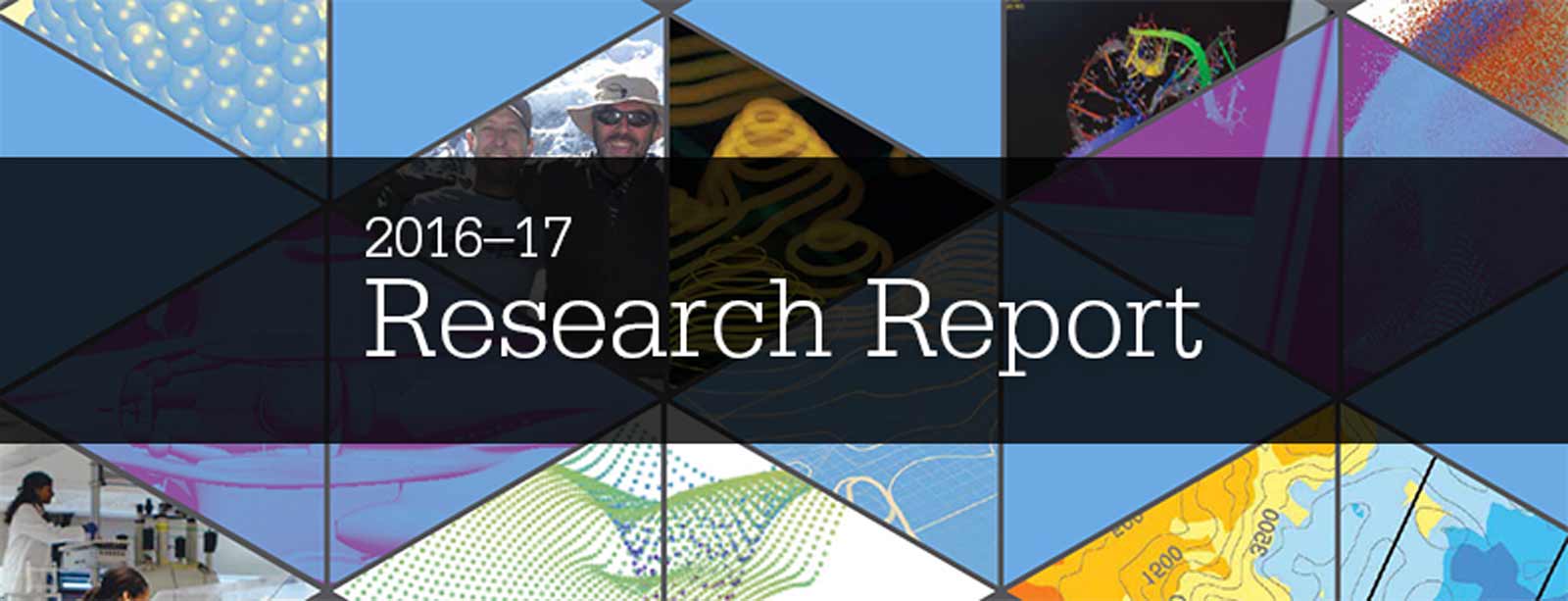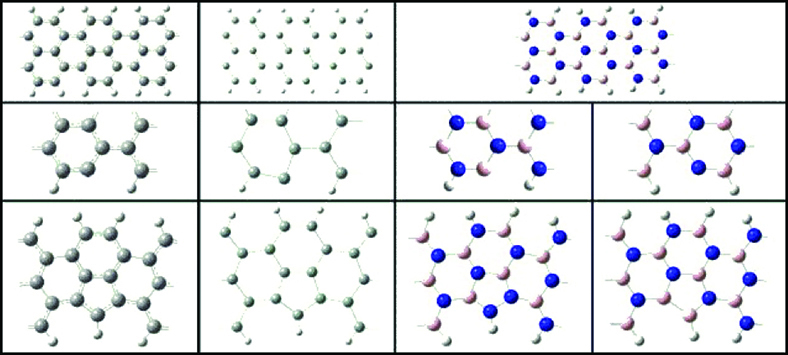For most energy applications, heat is a byproduct of a reaction, cast off as unusable energy. But as the world moves toward energy efficiency, scientists are looking at ways to effectively channel heat possibly back into electricity, so less energy is wasted. Better thermal management could even change the future for our favorite electronic devices, such as smart phones and vehicle entertainment systems. At Wright State University, Amir Farajian, Ph.D., is testing the thermal energy transport properties of nanomaterials to make this a reality.
Farajian’s group in the department of mechanical and materials engineering works with nanoribbons: tiny strings of atoms 10 by negative-9 meters wide, arranged in the form of ribbons. The group is testing the elements carbon, boron, nitrogen and silicon to see which element or combination of elements holds the most promising thermal transport abilities. They use the Ohio Supercomputer Center’s Oakley and Owens Clusters to simulate these nanoribbons, the changes in their structures and the effect on thermal conductivity.
Sometimes this involves intentionally creating defects in the materials to find the effects on the nanoribbons that will best carry heat.
“The novel aspect of this work, because similar work has been done before, was to consider some realistic changes in the structures,” Farajian said. “The simulation should take care of all electrons in the system … so when you put these all together for a real system on the nanometer scale, this is a huge burden computationally. It is absolutely essential to have access to a high performing computer system.
“We are really grateful for this access to the Ohio Supercomputer Center.”
What does this mean for the everyday consumer? Farajian said his department’s newest program involves research into renewable and clean energy, an area where materials science can play a significant role. Any electronics we use daily, including cell phones, laptops and cars can use new, more efficient materials to improve performance and save energy.
“If these materials are used, they can dissipate or manage the heat which is a big obstacle in the performance of a device,” Farajian said. “In fact, if there is not a reliable thermal management system installed, it can be catastrophic for the device. But with these new materials and the thermal management system that we simulated, it is possible to have … better performance for various smart devices.”
Project Lead: Amir Farajian, PhD, Wright State University
Research Title: Computational modeling of novel nanostructures for sensor and energy applications
Funding Source: National Science Foundation
Website: http://www.wright.edu/~amir.farajian/

